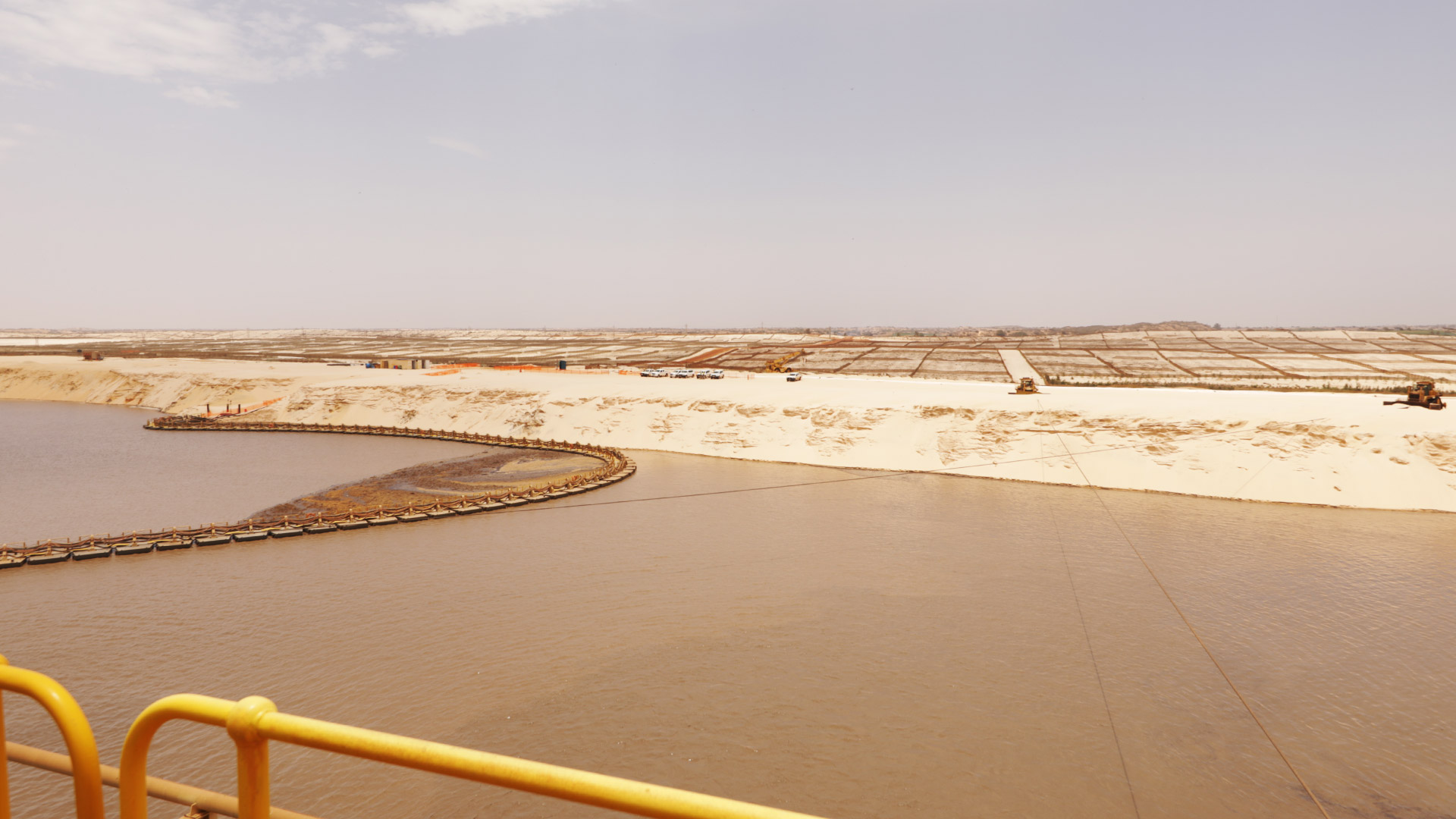Responsible environmental management:
restoration and water conservation
Restoring the environment
Environmental restoration is one of Eramet Grande Côte’s core commitments. Special attention is paid to neighboring communities whose living conditions or livelihoods are potentially impacted by the project. These various initiatives are fully compliant with the recommendations of:
- the Environmental and Social Impact Study (EIES)
- the Final Feasibility Study (DFS)
- the Eramet Group’s Ethics &Integrity Charters and its Sustainable Development, Human Rights, and Biodiversity Policies.
As part of these commitments, Eramet Grande Côte has pledged to gradually restore its mining sites. To accomplish this, the site’s baseline biodiversity situation was characterized during the initial studies. Local species were prioritized for the Environment Department’s plant nursery so that they can be reproduced and reintroduced.
Prior to the project, a participatory approach was adopted with the communities and authorities to determine which species to include during restoration. They opted for filaos, cashew trees, and eucalyptus, which help protect the dunes and produce berries for the local communities.
Once restored and replanted, the site is turned over to the Water and Forests Department, which owns the land.
On average, around 180 hectares are replanted every year by Eramet Grande Côte.
Other initiatives were taken to address various local issues. For example:
- The seeds used for restoration work are collected from seed-production stands in the area.
- During the stripping process, which is needed to prepare a path for the dredger, the topsoil is preserved for planting.
- In these dry, sandy, and windy regions, windbreaks are installed before the seeds are spread with a hydroseeder.
After the dredger passes through, the dunes are reshaped to reflect the original topography as much as possible. The Environment team then steps in to stabilize and replant the dunes. Around 180 hectares of the mining area are replanted every year.
Taking action to protect water resources
As access to water is just as crucial to local communities as it is to the company, water preservation is also at the top of our environmental commitments, particularly since Niayes is a major agricultural region for Senegal. As such, during the exploration phase, Eramet Grande Côte conducted studies on the site’s aquifer systems.
Since 2006, more than 300 piezometers have been installed in the Quaternaire shallow aquifer, while 14 wells have been sunk into the Maastrichtian deep aquifer. These instruments were designed with the local context in mind. The Maastrichtian aquifer is confined and has no direct local connection with the Quaternaire aquifer: both are separated by impermeable barriers. As such, the piezometers provide information on both aquifer systems, which supply water to the project. The aquifers are monitored continuously by monitoring wells, under the close supervision of officials. The information obtained from these wells allows for proper groundwater management, in line with Eramet Grande Côte’s environmental policy.
In addition to the water supply systems, Eramet Grande Côte also employs drainage recovery units and water recycling wells to limit the use of deep wells. These steps are part of the company’s environmental policy and its sustainable water management plan.
Wells in the villages
Several wells have been built in Darou Beye, Darou Salam, and Ndieye, as well as nine other hamlets in the surrounding communities. These structures facilitate access to running water in rural areas, which considerably reduces the workload of women.


